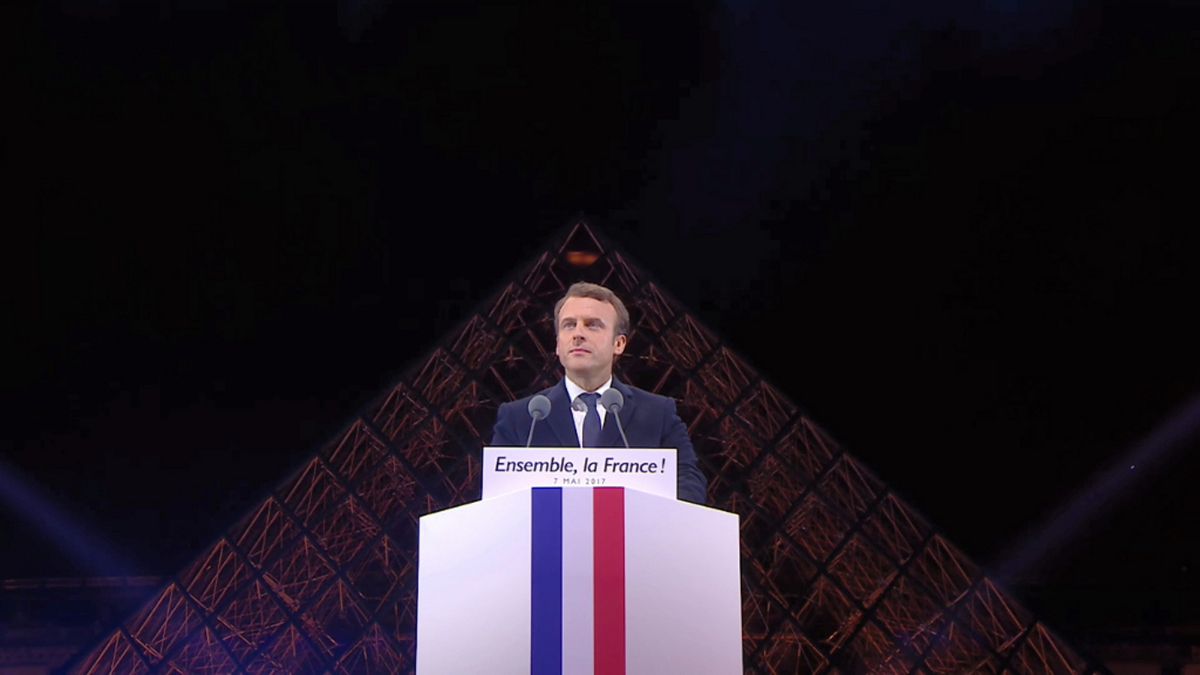I have been working in the news industry for over 6 years, first as a reporter and now as an editor. I have covered politics extensively, and my work has appeared in major newspapers and online news outlets around the world. In addition to my writing, I also contribute regularly to 24 Hours World.
Menu
Middle East conflict: Two-state solution: Why has it never worked so far?
Categories
Most Read
Angela Merkel and Orban: It has never been your Merkel
October 19, 2025
No Comments
Parents as driving instructors: Driving licenses should become cheaper and easier
October 19, 2025
No Comments
After a bombardment on a boat: Colombia accuses the USA of murdering a fisherman in its own sea area
October 19, 2025
No Comments
CDU meeting: AfD debate divides the Union – Merz relies on demarcation
October 19, 2025
No Comments
Ukraine War: Zelensky: Russia cannot be stopped with talks
October 19, 2025
No Comments
Latest Posts

San Martín de San Juan defeated Independiente and dreams of permanence
October 19, 2025
No Comments
In a duel full of tension for permanence, San Martin de San Juan won at home by 1-0 to Independiente, on the 13th of Closing

Adverse start for the Under 20 National Team that loses 1-0 to Morocco in the World Cup final
October 19, 2025
No Comments
October 19, 2025 – 20:14 The team led by Diego Placente has just beaten Colombia 2-0 in the semifinal and will seek its seventh title

Emmanuel Macron described the robbery at the Louvre as an attack against French heritage
October 19, 2025
No Comments
October 19, 2025 – 19:51 The museum confirmed the theft of pieces from its permanent collection and remains under strict custody while the investigation continues.
24 Hours Worlds is a comprehensive source of instant world current affairs, offering up-to-the-minute coverage of breaking news and events from around the globe. With a team of experienced journalists and experts on hand 24/7.

